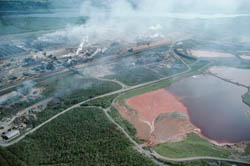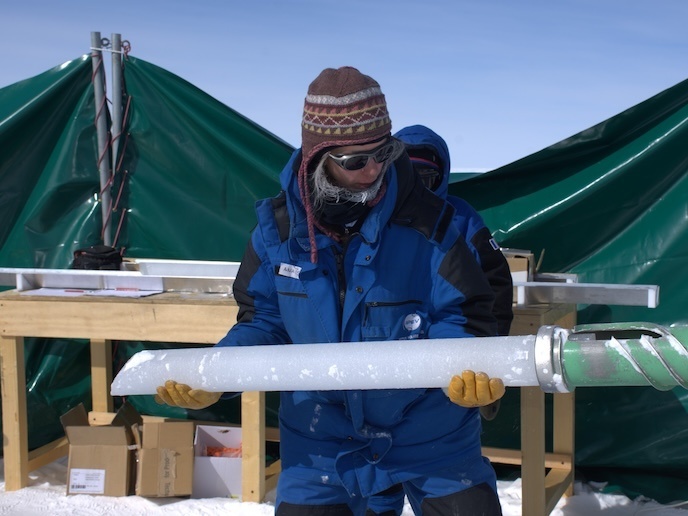Innovative solutions for environmental decontamination
Heavy metals produced from heavy industrial and mining activities pose serious environmental and health hazards. On site metal contamination can be transported though groundwater and pollute distant soil and water ecosystems. Thus, measures need to be taken for soil and water remediation. The use of plants to treat contaminated soil has been proposed as an alternative remediation approach that is chemical free. Plant roots can fix soil and water, thus, reducing spread of contamination. In addition, plants contain bacteria that enable phosphate mobilisation, nitrogen fixation and the release of chelating compounds. The EU funded UMBRELLA project aims to use microorganisms to support the remediation activity of plants in heavy metal contaminated sites. The key objective was to investigate how microbes could influence plant growth and metal biogeochemical cycles. As remediation strategies, scientists chose to fix the contaminated soil in place through plants using phytostabilisation. For rehabilitated areas, phytoextraction was used where the plants absorb and concentrate the soil contaminants in their roots, shoots and leaves. Various consortia of fungi and bacteria were obtained from six European mining sites and characterised in terms of physiology, plant growth promoting activity, metal cycling and resistance. Ultimately, they were tested for their bio-augmentation potential in plants during remediation. A detailed description of the mining sites was carried out with respect to flow paths, surface and groundwater wells, metal content and speciation. This information was used to develop mathematical models that could simulate the distribution of contaminants in different landscapes and link local remediation measures with their regional consequences. Finally, a toolbox was developed for end users with protocols for acquiring microbes for remediation actions based on the local climatic, geological and biological settings. Combined with ecotoxicological risk assessment, work done by the UMBRELLA consortium is expected to help overcome the current soil and water protection issues and aid the move towards development of low cost, sustainable solutions for on-site bioremediation of metal contaminations.







